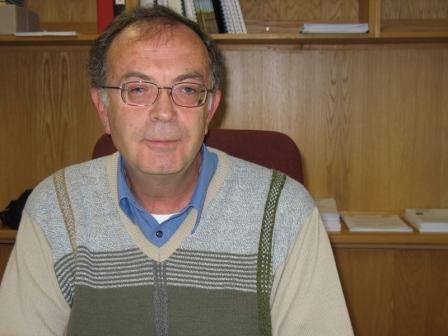
A pilot study is currently under way on the use of high-rate algal pond systems, which use sunlight to grow the algae to treat municipal wastewater at a new type of wastewater treatment pilot plant, in Grahamstown, in the Eastern Cape.
Engineering and environmental consultant company SSI is in a development partnership with Rhodes University ’s Environmental Biotechnology Research Unit (EBRU), led by Professor Keith Cowan , with a view to evaluating the technical and commercial applications of the technology.
The EBRU undertook the initial research into the algae wastewater treatment using algal ponds. SSI and its international water consulting parent company DHV then partnered with the research unit and secured development funding from the Dutch funding agency, Partners for Water.
This system is currently best suited for use in smaller towns where the quantity of treated sewage generated is less than 2 000 m3/d, which is the limit of application of the Department of Water Affairs’ (DWA’s) general standard, says SSI branding and communications senior manager Robin Hayes .
“This first demonstration plant will be an extension to the Makana municipality’s existing wastewater treatment works and will treat about 500 m3/d of wastewater to DWA general discharge standards,” says SSI water sector head Francis Gibbons .
A benefit of the algal treatment process is that the algae can be harvested, dried and used as a fertiliser or as a biofuel. The plant requires very little energy because it functions using the power of the sun, he explains.
This technology is environment friendly and low cost, he says.
Complying with the general treated wastewater discharge standards means that the system will legally only be able to treat up to 2 000 m3/d of wastewater. However, SSI will research ways, using the demonstration plant, to improve the discharge quality to meet the DWA’s special treated wastewater discharge standards, enabling the system to be applied to waste- water treatment plants in excess of 2 000 m3/d, he adds. Meanwhile,
DHV has devel- oped a technology, called Crystalactor, to extract minerals, heavy metals and anions, specific- ally phosphates, fluorides and carbonates, from industrial effluent.
SSI has been doing tests, in partnership with the Tshwane municipality, using the Crystalactor to extract phosphorous from the sludge dewater- ing liquors and to reduce the phosphorous load contained in streams that are recycled back into the wastewater treatment works.
“The phosphorous is recovered in the form of struvite, a valuable slow-release fertiliser, which has commercial value,” says Gibbons.
The initial studies commissioned by the City of Tshwane were conducted by the University of Cape Town, under Professor Alison Lewis , and SSI is currently investigating ways to increase the scale of this application on site.
Another Crystalactor pilot plant has been commissioned in partnership with the specialist mine water treatment company Water Care Mining to extract commercial-grade lime from water pumped from a compartment of the Witwatersrand western basin.
Though the Crystalactor system has not been widely used in South Africa, there are large-scale plants in operation in China and Australia, he reveals.
By: Schalk Burger
Edited by: Brindaveni Naidoo
Source click here
